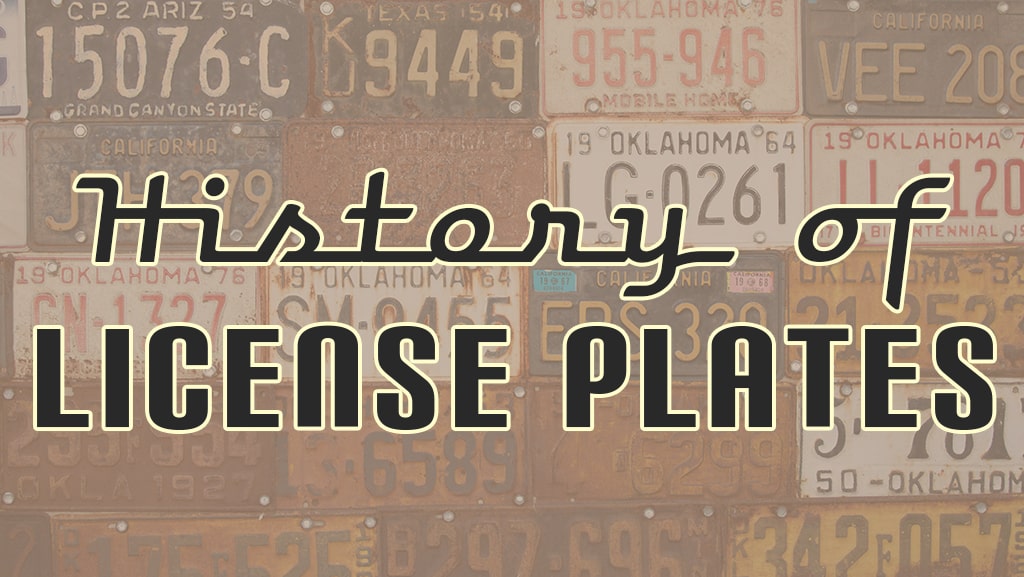Introduction
So, in the world of quotidian signs, an otherwise unremarkable license plate can have a lot of cultural, social, and historical significance. 这个就比如“鲁Q 669FD”的字母数字排列符号——这一串看似无序的字母数字符号,但细看发现其中的无数含义包罗万象,无非都是地域文化与现代文化流行现象的交集。 This article sets out on a trip to unravel the meaning behind 鲁Q 669FD, a trip that involves the labyrinth of Chinese license plate format, the cultural meanings around characters and numbers, and the case of personal identity and regional pride in a rapidly razing world.
Components & Why “鲁” Matters to the Newbies
In China, license plates are not merely utilitarian tags to identify vehicles — they carry cultural significance. The character “鲁” stands for Shandong Province, an area known for its rich history and lively modern culture. Shandong — colloquially known by its abbreviated “鲁” — has long been the birthplace of ancient Chinese philosophy as well as a hub of maritime trade. The use of such a character in a registration plate signifies local identity and makes the car linked with the customs and values of Shandong at the first glance.
For residents and outsiders, spotting “鲁” on a license plate can inspire a sense of pride over the province’s legacy. It is a gentle reminder of the region’s place in Chinese history, from Confucian thought to modern industrialism. So, for 鲁Q 669FD, the “鲁” is not just a letter; it is a cultural icon that roots the vehicle in a certain region and a collective memory.
The Alphanumeric Sequence, and how to decode it
The rest of the sequence, past that provincial marker — “Q 669FD” — is open to interpretation. It was dataty peconstantly informed by the rules that exist in China for license platting coding. The letter “Q” could designate a certain class of vehicle or an administrative district within the province. “Q” is generally used to further differentiate between vehicles, although what it means can vary, as it goes beyond simply classifying the plate as a passenger vehicle.
The sequence “669FD” is the unique identifier that is meant to guarantee that no pair of vehicles has the same combination. But for many observers these characters can inspire curiosity, if not speculation. Some people might see secret significance in numbers and letters — maybe a nod to area superstitions or even a personal statement from the owner. Numbers can have symbolic meanings and associations in Chinese culture; for example, the number 6 can represent smooth progress, while other digits might invoke concepts that express fortune or luck. By adding letters interpreted phonetically or symbolically, the overall sequence becomes a canvas of sorts on which to project narratives.
The Social and Cultural Outlook
The license plate 鲁Q 669FD is a microcosm of the interaction between modern bureaucracy and ancient cultural traditions. In an increasingly urbanized society such as China’s, vehicles are not only forms of transportation; they are status symbols, markers of individual expression and mobile emblems of regional identity. Owners take pride in their license plates, and they even personalize them to express their aspirations, beliefs or simply sense of humor. Although the system is standardized to avoid conflicts between combinations and to create order within them, members of the public often invest these groupings with meaning well beyond their administrative function.
For some, an eye-catching license plate such as 鲁Q 669FD can be a conversation piece or a claim to a regional identity or personal flair. Some car enthusiasts and collectors study these sequences, comparing them to others and pondering their possible meanings. In such a context, the plate is an object of reflection—an object through which one makes statements about identity, fortune, and the subtle workings of modern self-explanatory in a social world.
Vehicle Identification in China: The Broader Context
To understand the story behind 鲁Q 669FD you first have to understand how vehicle registration in China has changed over the years. As the nation’s economy boomed in recent decades, the number of vehicles on its roads soared. This led to several things, one of which was the need for a systematic and reliable method of identifying vehicles. This sophisticated license plate system, evolved over the years, amalgamates tradition with contemporary state governance. Every part of the plate, from the provincial abbreviation to the alphanumeric sequence, has been intentionally designed to fulfill not just practical needs, but cultural sensibilities as well.
It also reflects the larger trends of Chinese society, where tradition and modernity exist in a precarious harmony. On 31 October 2018, the 41 steps of the System were imposed78, which offered stability78 in an over populated79 and overwhelming78 information environment78, while ensuring80 basic skills.78 However, while the administrative structure is extremely efficient and practical48 the cultural significance of some characters and numbers80 continues to be influential. The duality of their identity manifests itself in the way they respond to and interpret their license plates, giving what would otherwise be an uninteresting object multiple layers of personal and collective meaning.
Individual Stories and Examples

Licenses plates had their own stories to tell, like the thousands of vehicle owners in Shandong and beyond. For some their plates are lucky charms, and for others they are badges of honor that root them in their hometowns. For example, a small business person may want to have a plate on their car that shows where they are from in the country, helping them market to their locals in a more empathetic way. There are countless anecdotes of people who have won local contests for “best personalized plate” or who consider their number combination a lucky sign in decision-making moments.
The personal narratives behind each license plate contribute to a richer cultural tapestry. Where the plate is more than just an administrative necessity—it becomes a symbol of continuity, of identity, of hope. In this context, 鲁Q 669FD serves as a quintessential example of the confluence of modern technology and ancient cultural values in the mundane fabric of contemporary life.
What are the current trends and future opportunities
The world as we know it is highly dependent on technology and technology. Is one of the top priorities to fully make sure the world functions the best way it can. Solutions are coming in the form of digital registration systems, smart license plates, and even integrated vehicle tracking. But for all that, while the way we register our vehicles is blurring. The basic symbolism surrounding it is in no danger of disappearing anytime soon. The letters, numbers, and characters on a license plate will. Live on as a bridge from the past to the present. A tangible link that reminds us that, even as we embrace the digital revolution. Full of miracles, old customs still reign supreme.
For future generations, a number plate like 鲁Q 669FD may provoke a sense of curiosity and conversation. About the motoring era that plate was being used within. In time, it may turn into an historical artifact, examined for not just its administrative role but its cultural documentation. That encapsulates what was valued, aspired to, attempted and faced in its settler epoch.
Conclusion
魯Q 669FD: 669, on its own, is a nice number—six, as every millionaire knows, is for luck. As is four for the Chinese (on some occasions), as is eight, ironically enough. Which is sometimes also a symbol of modernity. What seems like a straightforward combination of letters and numbers to the uninitiated could not be more layered. Imbued as it is by a tapestry of regional loyalty, administrative scrupulousness and individual flair. From the symbolic significance of “鲁” as a marker of Shandong heritage. To the intriguing nuances of the following letters and numbers, each element of the plate holds meaning. Amidst a world where functionality is intertwined with the symbolic 鲁Q 669FD serves. As both a mundane object and a reflection of the unprecedented changes sweeping across China today.
As more and more cars strut the streets with their unique codes, our license plates tell stories. Stories of who we are and where we are from. And how we find our way through the complexities of a modern, interconnected world. One takes a simple plate of metal and paint and within it tell the story of culture and heritage. Share their name, family history and add a little color to this dull world we live in.



